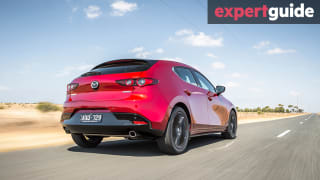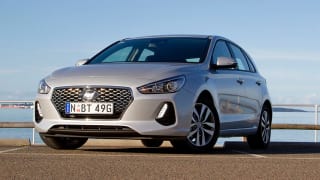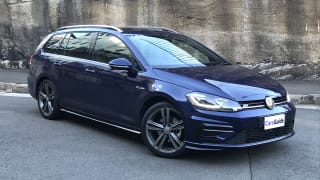Akio Toyoda, the Japanese carmaker’s president for the last decade (and grandson of the company’s founder) has made it his mission to inject more emotion and personality into Toyota’s products.
Cars like the retro FJ Cruiser, 86 sports coupe and soon-to-arrive Supra GT have been markers for the brand, with premium subsidiary Lexus also challenged to push the styling and engineering envelope.

Launched in August 2018, the current Corolla is longer (+45mm), lower (-40mm), and wider (+30mm) than the model it replaced, and although it’s always a subjective call, I reckon this car’s design lifts the evergreen small car from white goods on wheels to positively charismatic.
Sadly, our test example’s black finish masks a lot of exterior detail, but this ‘Rolla definitely drops the mercury towards the cool zone.
The leading edge of the bonnet curves sharply to incorporate the broad sweep of jagged, angry headlights, looking alarmingly like the arc of a samurai’s katana.
Protruding aggressively from the nose, a pronounced grille intake features a racy mesh insert, with fog lights either side and a broad spoiler underneath. The overall expression is reminiscent of a scowling Kabuki warrior.
Some signature Corolla elements, like small quarter windows in front of the mirrors (at the base of the A-pillars) are retained, but the rear extends the new theme of curved incisions and angular graphics.

Hooked LED tail-lights shine like lasers, contrasting dramatically with ‘our’ test example’s inky (‘Eclipse Black’) bodywork, and slim reflector panels are incorporated at the bottom of arched, recessed channels cutting across either end of the rear bumper clip.
The standard 16-inch alloy wheels look a little underdone (18s are standard on the top-spec ZR), but this black sheep Corolla is still light years away from its relatively conservative ancestors.
The interior is sleek and contemporary with an upright 8.0-inch touchscreen display dominating the dash. Broad, simple surfaces are layered to create visual interest without clutter. A combination of gloss black surfaces around the front ventilation controls and gearshift match with brushed metal highlights to impart a classy feel.

A 4.2-inch digital display on the right-hand side of the compact main instrument cluster is a neat touch, and all the switchgear and major controls are clearly marked and intuitive to use.
Standard seat trim in the SX is cloth, the charcoal grey material in our car neatly trimmed, with a subtle scalloped design on the cushion and backrest inserts. But you couldn’t exactly describe the sensation as premium. Hardwearing and practical feels more appropriate.


















